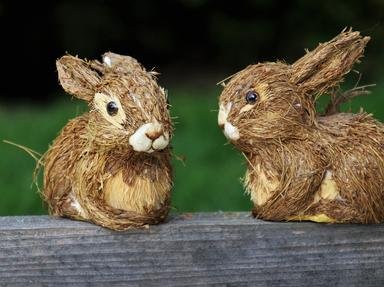
Animals and Deities Trivia Quiz
Deities and mythological creatures were believed to rule the elements. Do you know which ones are depicted as reptiles, birds or mammals?
This is a renovated/adopted version of an old quiz by author ShatteredArcadia
A classification quiz
by wellenbrecher.
Estimated time: 3 mins.